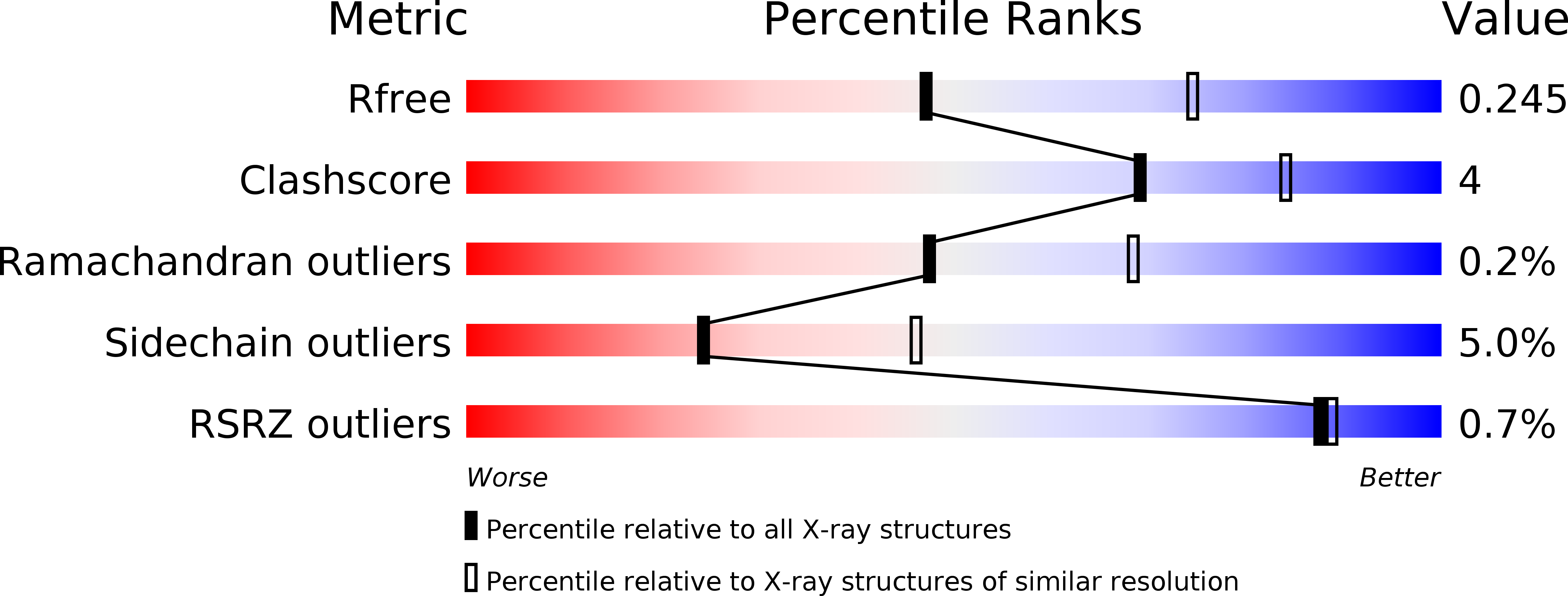
Deposition Date
2014-10-15
Release Date
2014-11-26
Last Version Date
2024-10-23
Entry Detail
PDB ID:
4WO4
Keywords:
Title:
The molecular bases of Delta/Alpha beta T cell-mediated antigen recognition.
Biological Source:
Source Organism:
Homo sapiens (Taxon ID: 9606)
Host Organism:
Method Details:
Experimental Method:
Resolution:
2.50 Å
R-Value Free:
0.23
R-Value Work:
0.19
R-Value Observed:
0.19
Space Group:
P 21 21 21


